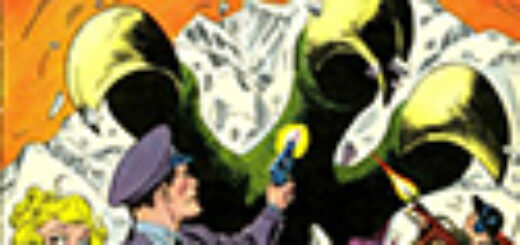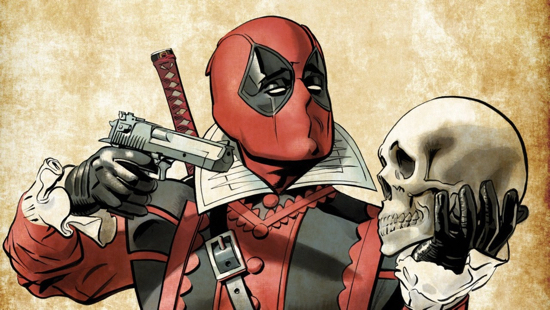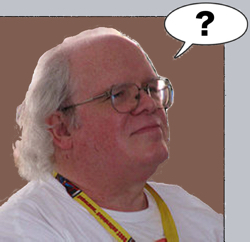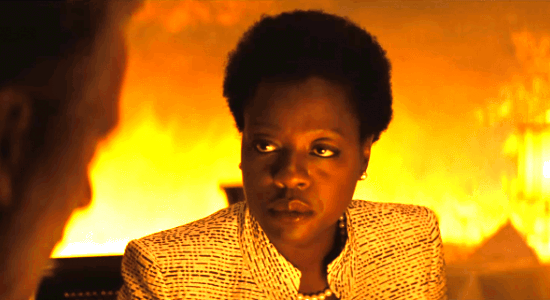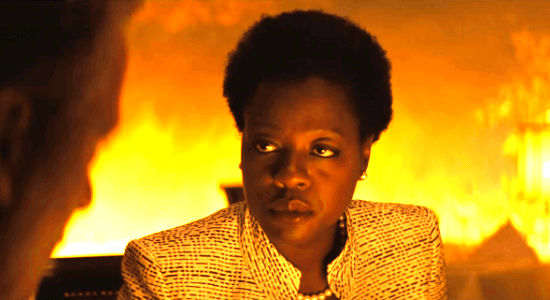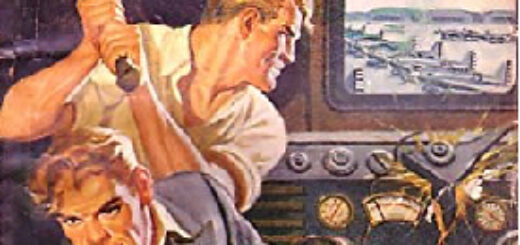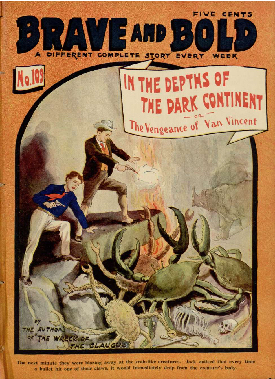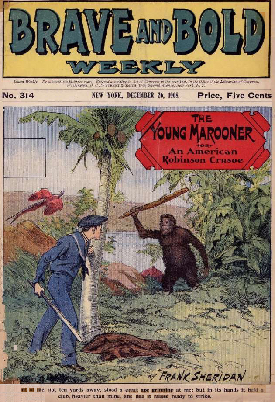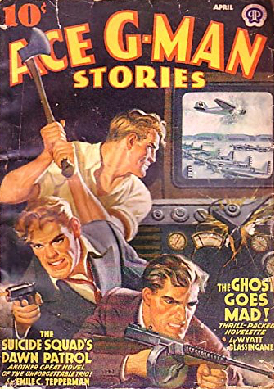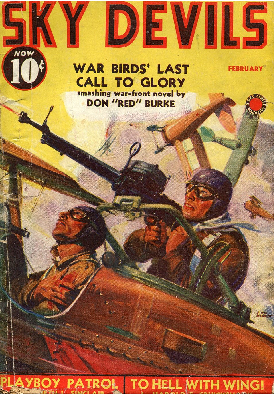John Ostrander: Suicide Squad Redux – The Dragon’s Hoard
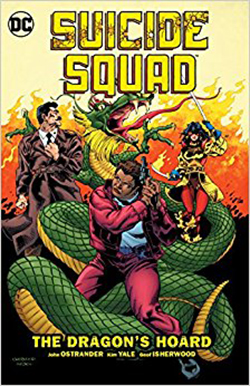 It feels a little silly to be issuing a spoiler warning for a story that’s more than twenty years old but it’s entirely possible that there are folks out there who have never read the story described below. I’ll need to discuss some plot points and twists so if you don’t want to know ‘em, avoid this week’s column. Spoiler warning issued.
It feels a little silly to be issuing a spoiler warning for a story that’s more than twenty years old but it’s entirely possible that there are folks out there who have never read the story described below. I’ll need to discuss some plot points and twists so if you don’t want to know ‘em, avoid this week’s column. Spoiler warning issued.
December 22 will see the publication of the seventh volume in the reprint series of my Suicide Squad, just in time for last minute holiday giving. See? Sometimes it does pay to wait until the last minute to shop.
This will probably be the penultimate volume in this reprint series as there are only a few more issues to gather. Kim Yale was once again my co-writer. I’m taking this opportunity to re-read these stories myself and over the next few columns I’ll comment on them, as I’ve done with some previous volumes.
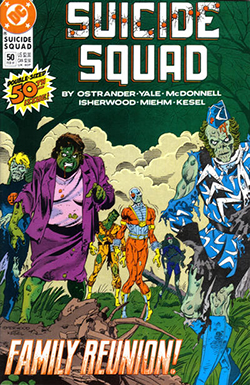 The title tale is the biggest one in the volume but, as not unusual, is not the only story. The first one reprints issue 50 which was extra-sized. I’m of two minds about anniversary issues. Certainly, you want to celebrate the longevity of the given title but sometimes setting it up can throw off the whole pacing of the series. That happened with GrimJack and maybe the Spectre; you can wind up treading narrative water trying to get to an anniversary issue.
The title tale is the biggest one in the volume but, as not unusual, is not the only story. The first one reprints issue 50 which was extra-sized. I’m of two minds about anniversary issues. Certainly, you want to celebrate the longevity of the given title but sometimes setting it up can throw off the whole pacing of the series. That happened with GrimJack and maybe the Spectre; you can wind up treading narrative water trying to get to an anniversary issue.
However, the Squad 50th issue worked.
Kim’s and my goal was to take as many story points that we had in the early days, especially issue 1, and re-work them into a new narrative. That can be difficult when you’ve spent as much time killing off your characters as Kim and I did. Basic background on the Squad; the series was created by Robert Kanigher and Ross Andru and ran for five issues of the Brave and the Bold. The first Squad was a team of four: leader Captain Rick Flag, medic Karin Grace, and scientists Jess Bright and Hugh Evans. Rick and Karin had fallen in love but felt compelled to keep it a secret since the two scientists were also in love with Karin. It could’ve gotten kind of kinky but this was 1959.
 The element that I took for the new Squad was that the old one fell apart on a disastrous mission to Tibet. Bright and Evans found out about Rick and Karin and were pissed at being played for chumps. They died falling into a chasm during an attack by a Yeti. Karin had a breakdown and wouldn’t see Rick anymore.
The element that I took for the new Squad was that the old one fell apart on a disastrous mission to Tibet. Bright and Evans found out about Rick and Karin and were pissed at being played for chumps. They died falling into a chasm during an attack by a Yeti. Karin had a breakdown and wouldn’t see Rick anymore.
Rick and Karin were both part of the new series but by issue 49 both had died. Rick would get better and return but for issue 50’s purposes, he was still dead. However, we revealed that they had a son; Rick was never aware of it and Karin blocked the boy’s birth from her memory during her breakdown.
The incident triggering the plot is that the boy has been kidnapped by a zombie like character named Koschei the Deathless. During the story, it’s revealed that Koschei is actually Jess Bright who had survived the fall into the chasm but loss his nose, lips, toes and fingers to frostbite before being rescued by the Chinese. He later winds up with the Russians where he becomes Koschei.
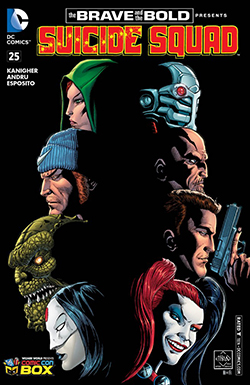 Unaware that both are dead, Jess wants revenge on Rick and Karin and, having run afoul of the new Squad since becoming Koschei he also wants them dead. To this end he has resurrected members of the Squad who were killed on missions by using mechanical implants at the base of their skulls. Oh, and I should mention that Koschei has also died but, using the same technology, walks and talks and plans terrible revenge.
Unaware that both are dead, Jess wants revenge on Rick and Karin and, having run afoul of the new Squad since becoming Koschei he also wants them dead. To this end he has resurrected members of the Squad who were killed on missions by using mechanical implants at the base of their skulls. Oh, and I should mention that Koschei has also died but, using the same technology, walks and talks and plans terrible revenge.
So we have the Suicide Squad up against the Zombie Squad which makes for some fun visuals and match ups. The climax takes place in a fake Quraci airport that figured into the first story.
Yeah, it all does sound convoluted, but I think it all works in context of the actual story.
One of the flaws in issue 50 is that it concludes rather quickly without a lot of space for visuals but that’s a flaw I sometimes have as a writer; I don’t always pace everything as well as I might. All things considered, however, I think it is a good story and covers the anniversary tropes pretty well. It even ends with a surprisingly tender moment for Amanda Waller. It also gets this reprint off to a good start, I think, although you folks are the ones who have the real say.
We’ll continue this next week as we look at the next story or two. Ciao for now.

